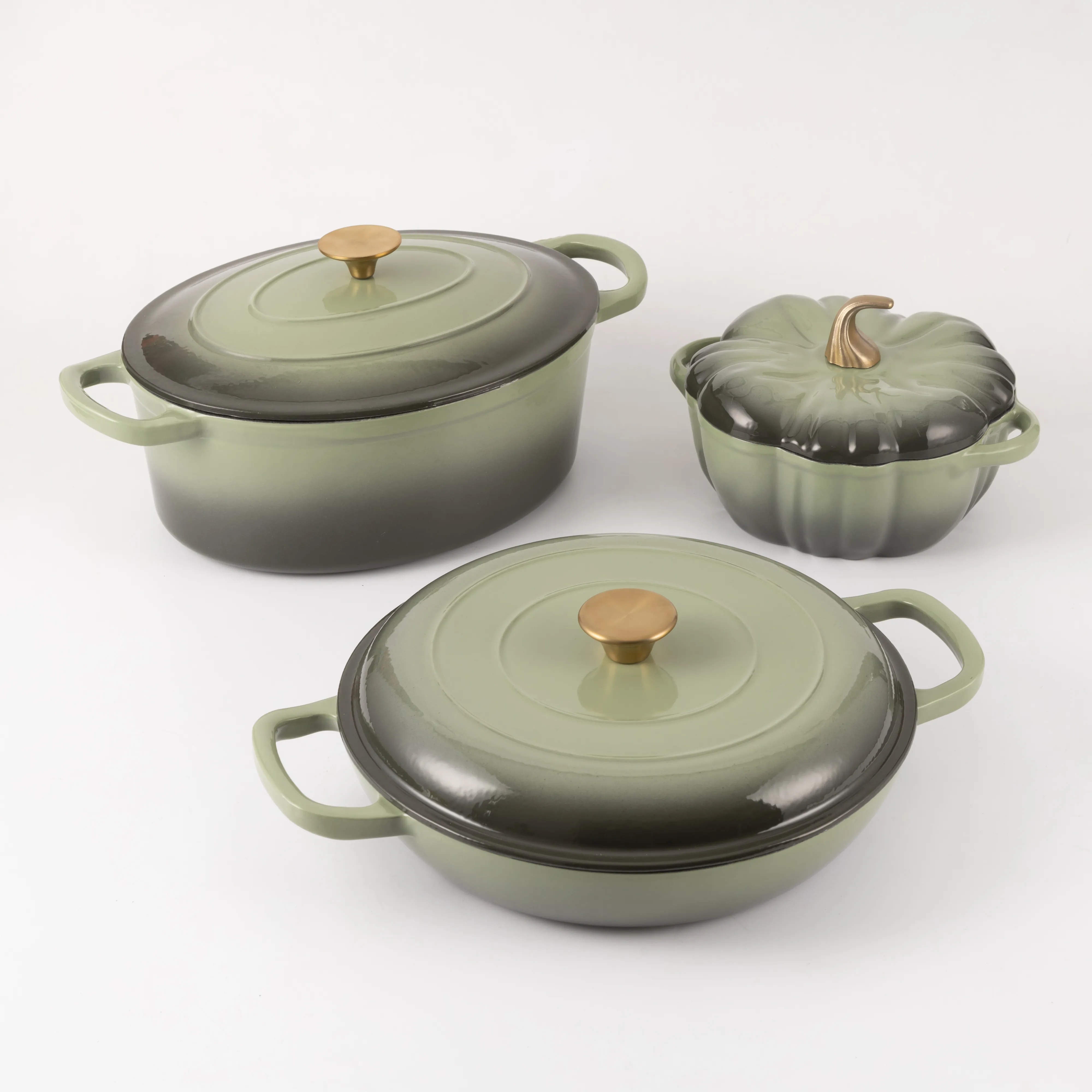
bacon in cast iron
The Art of Cooking Bacon in Cast Iron
When it comes to cooking bacon, many culinary enthusiasts agree that a cast iron skillet reigns supreme. The combination of this classic cookware and the rich, smoky flavor of bacon offers an unmatched culinary experience. In this article, we will explore the benefits, techniques, and tips for cooking bacon in a cast iron skillet, elevating your breakfast and brunch game.
Why Choose Cast Iron?
Cast iron skillets are renowned for their excellent heat retention and even heat distribution. Unlike stainless steel or non-stick pans, cast iron can maintain high temperatures, allowing bacon to cook evenly and crisp up beautifully. The heavy, dense material of cast iron means that once it’s properly heated, it can maintain its temperature even when cold ingredients are added. This is particularly beneficial for bacon, ensuring it cooks thoroughly without becoming greasy or soggy.
Another advantage of cast iron is its ability to add flavor to the food. Over time, a well-seasoned cast iron skillet develops a natural non-stick coating, enhanced by the oils and fats that have been cooked in it – like the bacon grease itself. The savory essence that accumulates in the skillet enhances the taste of every dish prepared in it, creating a depth of flavor that is hard to achieve with other materials.
Preparing Your Cast Iron Skillet
Before cooking bacon, ensuring your cast iron skillet is properly seasoned is key. Seasoning involves coating the skillet with a thin layer of oil and heating it to create a natural non-stick surface. If your skillet is well-seasoned, you’ll need very little additional oil when cooking bacon. In fact, the fat rendered from the bacon is often sufficient, helping to flavor the skillet for future cooking.
Preheat your skillet over medium heat. While it can be tempting to crank up the heat to cook bacon quickly, starting at medium allows the fat to render slowly, leading to perfectly crispy strips without burning. A gradual increase in heat also means that the bacon will cook evenly, avoiding the risk of burnt edges while the center remains undercooked.
Cooking Technique
bacon in cast iron

Once your skillet is preheated, add the bacon strips in a single layer, ensuring they do not overlap. This helps them cook evenly and become crispy. As the bacon begins to cook, it will start to release fat, which serves as a cooking medium to prevent sticking while enhancing flavor.
Keep an eye on the bacon as it cooks. Depending on the thickness of the bacon and your desired level of crispiness, cooking time can vary. Typically, bacon takes about 6 to 8 minutes to cook through. Flip the strips occasionally with tongs for even cooking, and adjust the heat as necessary to prevent spattering and burning. If you find that the bacon is cooking too quickly, lower the heat; if it’s not sizzling enough, you can raise it slightly.
The Art of Bacon Grease
Once your bacon reaches the desired level of doneness, it’s time to carefully remove it from the skillet and place it on a plate lined with paper towels to absorb excess grease. Don’t discard the leftover bacon grease! Strain it and store it in a jar for future use. Bacon grease is a fantastic cooking fat, ideal for frying eggs, sautéing vegetables, or flavoring soups and stews.
Cleaning and Maintenance
After indulging in your delicious bacon, cleaning your cast iron skillet is essential. Unlike other cookware, you shouldn’t use soap on a cast iron skillet, as it can strip away the seasoning. Instead, simply wipe the skillet with a paper towel or scrub it gently with a non-metal brush or sponge while it is still warm. If there are stubborn bits stuck to the skillet, you can use coarse salt as a natural abrasive. Rinse with hot water and dry the skillet completely to prevent rust.
Once dry, apply a thin layer of oil to the surface while storing it to keep the skillet seasoned and ready for your next culinary adventure.
Conclusion
Cooking bacon in a cast iron skillet is more than just a method; it's an art that has been perfected over generations. The resulting crispy, flavorful bacon combined with the beautiful patina that develops on your skillet makes every strip a testament to the joys of cooking. By embracing the techniques and care outlined in this article, you will not only savor the best bacon of your life but also cultivate a cherished kitchen heirloom that can be passed down through the years. So grab your cast iron skillet, and let the bacon cooking commence!
-
Season Cast Iron Perfectly with GPT-4 Turbo TipsNewsAug.01,2025
-
High Quality Cast Iron Cookware - Baixiang County Zhongda MachineryNewsAug.01,2025
-
Premium Cast Iron Pan: Durable & Perfect HeatNewsAug.01,2025
-
High Quality Kitchen Durable Black Round Cast Iron Cookware Pancake Crepe Pan-Baixiang County Zhongda Machinery Manufacturing Co., Ltd.NewsAug.01,2025
-
Cast Iron Cookware - Baixiang County Zhongda Machinery | Nonstick, Heat ResistanceNewsAug.01,2025
-
High Quality Kitchen Durable Black Round Cast Iron Cookware - Baixiang County Zhongda Machinery | Non-Stick, Heat Retention, DurableNewsJul.31,2025


